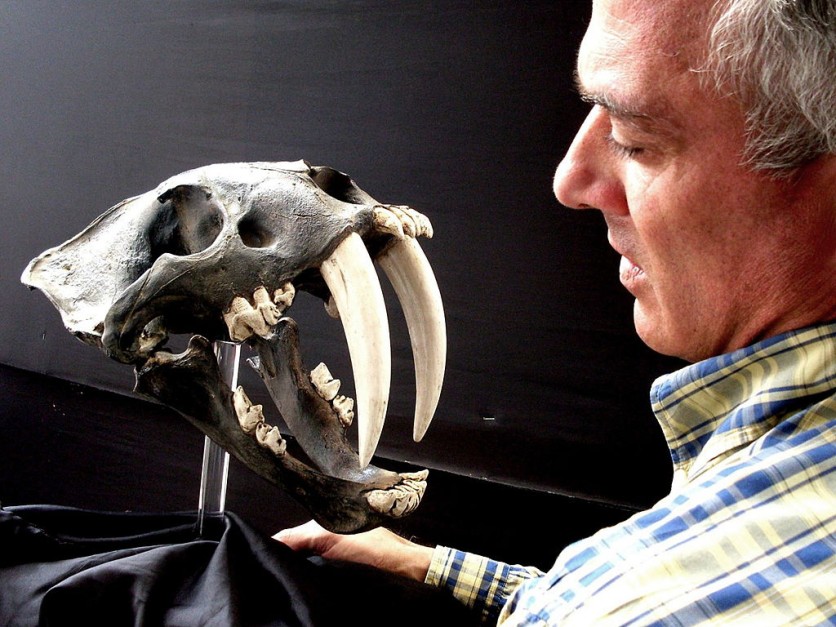Studying the sounds produced by ancient creatures like sabertooth has shed light on vocalizations in these extinct species. Grasping this auditory aspect also holds a pivotal role in reconstructing the extinct landscapes and gaining a clearer understanding of life during those times.

'Purr-Roar' Mystery of Sabertooth
A press release published on Monday heralded a fresh study by researchers from North Carolina State University. Interesting Engineering reported that this study delves into the intriguing question of whether sabertooth emitted roars or purred in their vocalizations.
In the contemporary feline world, two distinct vocal categories exist: the "big cats," encompassing the roaring prowess of lions, tigers, and jaguars, and Felinae, the "little cats," marked by the purring symphonies of lynxes, cougars, ocelots, and domestic cats.
However, sabertooth charted a distinctive sonic trajectory in the ancient past. Evolutionarily speaking, sabertooth took a different path on the cat family tree before other modern groups did, according to Adam Hartstone-Rose, the study's author and a professor of biological sciences at North Carolina State University.
This divergence indicates that lions share a closer genetic connection to domestic cats than to sabertooth. This distinction bears significance as the discourse on the vocalizations of sabertooth tigers centers on the meticulous examination of minuscule throat bones. These fragile bones play a pivotal role in unraveling vocal characteristics.
Hartsone-Rose added that the anatomy of a handful of small throat bones is crucial. And in the context of modern cats, whether they roar or purr, these bones display variations in terms of size, shape, and count.
Throughout their investigations, researchers made a significant observation that sets apart roaring and purring cats. It involves the hyoid bones, which are responsible for securing the larynx.
Notably, these bones exhibited distinct size and count for each category of animals, providing a distinguishing factor between the two types of vocalizations. Ashley Deutsch, a Ph.D. student at North Carolina State University (NCSU) and the research's lead author, gave an example.
"While humans have only one hyoid bone, purring cats have nine bones linked together in a chain, and roaring cats have seven. The missing bones are located toward the top of the hyoid structure near where it connects to the skull," Deutsch noted.
Hyoid Structures for Four Species
According to NCSU, the team of researchers scrutinized the hyoid structures across four species of roaring cats - lions, tigers, leopards, and jaguars - as well as five species of purring cats - cougars, cheetahs, caracals, servals, and ocelots.
The team compared these to 105 hyoid bones from the iconic sabertooth tiger "Smilodon fatalis." While it could be contended that the mere presence of seven bones in sabertooth signifies they roared, this perspective offers only a partial view, emphasized Hartstone-Rose.
He added that the anatomy is intricate. While they lack the additional bones that purring cats have, the size and shape of their hyoid bones remain distinct. Some of these bones resemble those of purring cats but are much bigger.
The comprehensive findings of this study have been documented and published in the prestigious Journal of Morphology.

ⓒ 2026 TECHTIMES.com All rights reserved. Do not reproduce without permission.




